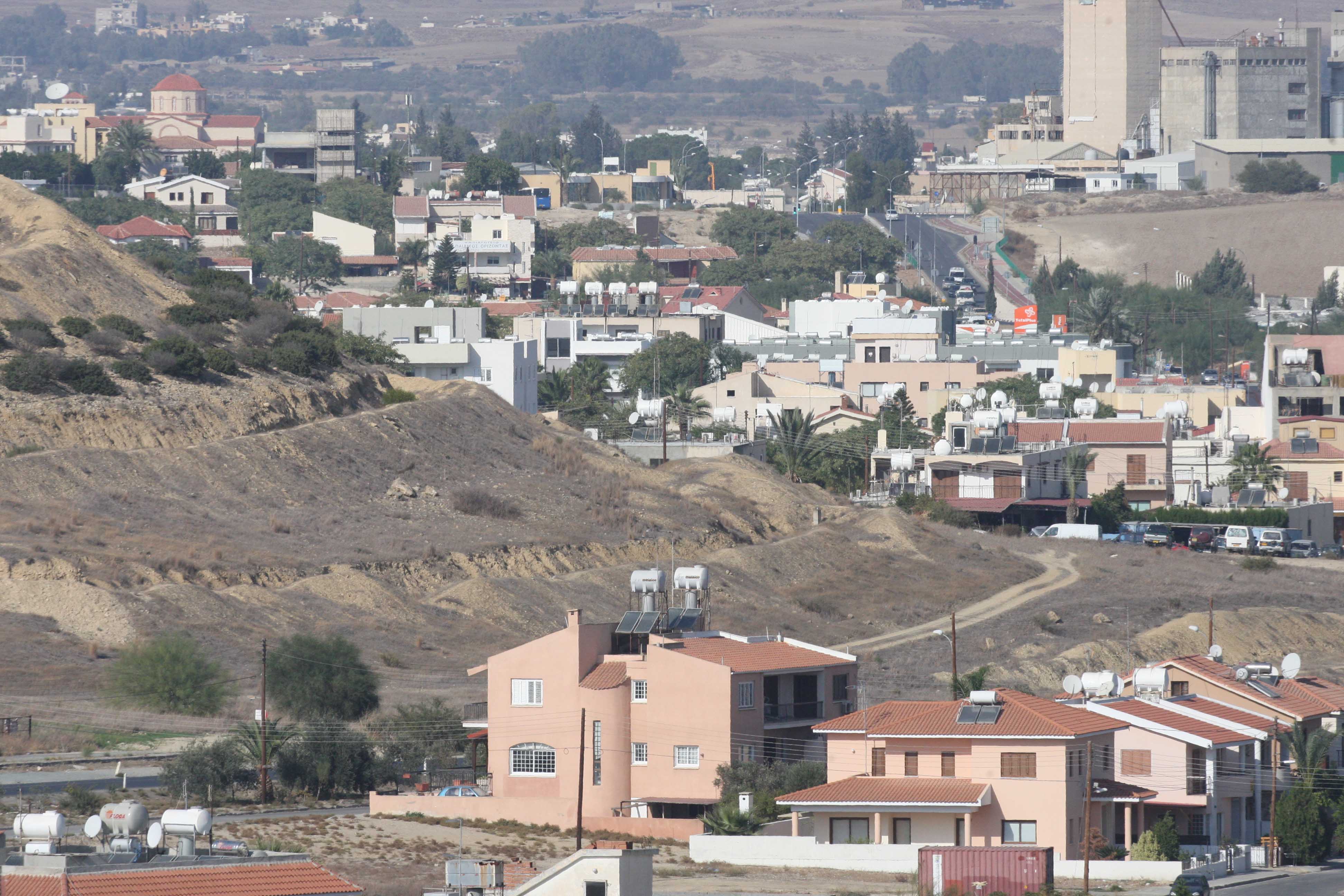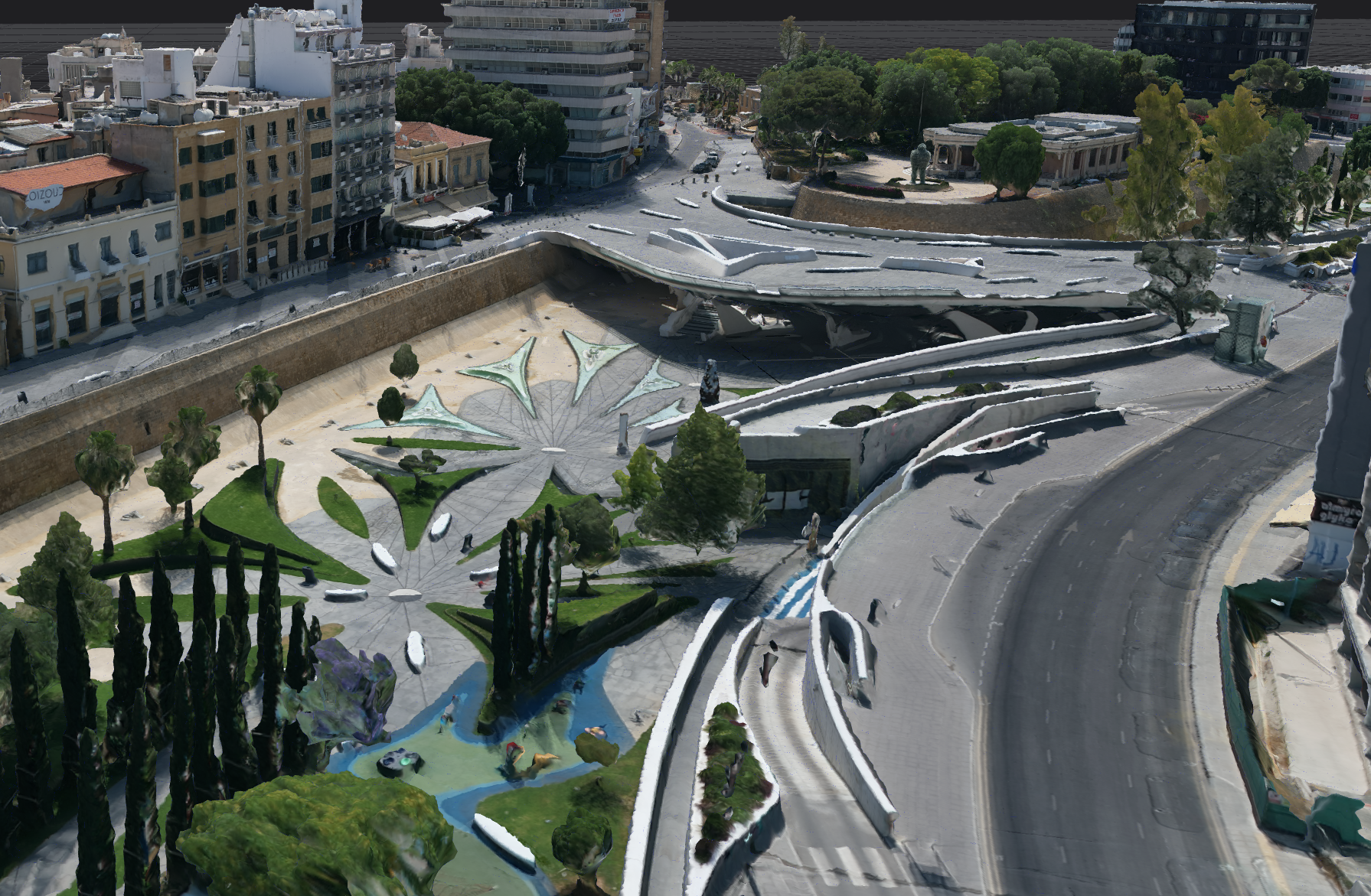Cyprus has taken a decisive step to reshape its urban landscape after Parliament on Thursday passed the urban development zones bill, it was reported on Friday.
The interior ministry hailed the move as a milestone that unlocks land for development while curbing urban sprawl. Officials say the law will streamline how scattered or problematic plots within designated development areas are brought together, managed, and redistributed. The aim is to ease planning deadlocks and breathe life into areas left idle for years.
Under the new law, procedures are set for merging fragmented properties and reallocating land in shapes and sizes that match modern urban needs. This, the ministry stressed, will help reduce scattered housing construction outside town limits, a pattern often blamed for unchecked sprawl and inefficient infrastructure.
The law forms part of the country’s recovery and resilience plan and marks the first major milestone in a broader urban reform project. A second stage will see the launch of ten pilot urban land consolidation schemes.
A significant focus of the reform is to support landowners who cannot develop their plots because they are either landlocked, burdened with multiple owners, or held back by financial encumbrances.
The government hopes that by reorganising such plots, owners will gain usable, accessible land that can finally be developed. The interior ministry also said the law will help rationalise zoning for large-scale uses and restore areas left derelict after natural disasters. Officials argue this could spur urban regeneration in zones previously considered too complicated to redevelop.
The new framework ties in with Cyprus’ broader housing policy. It aims to release land inside urban limits for new housing developments. This is seen as critical in easing severe shortages of housing stock, especially in cities where demand has driven prices higher and squeezed supply.
With land consolidation, authorities say more plots will become available in dimensions, shapes and sizes tailored to specific uses. This, in turn, allows for the creation of public roads, green spaces, pedestrian areas, communal facilities and open public areas.
The law sets out three routes for implementation. Land consolidation can proceed with the unanimous consent of all landowners, through agreements between landowners and local authorities, or by order of the council of ministers.







Click here to change your cookie preferences